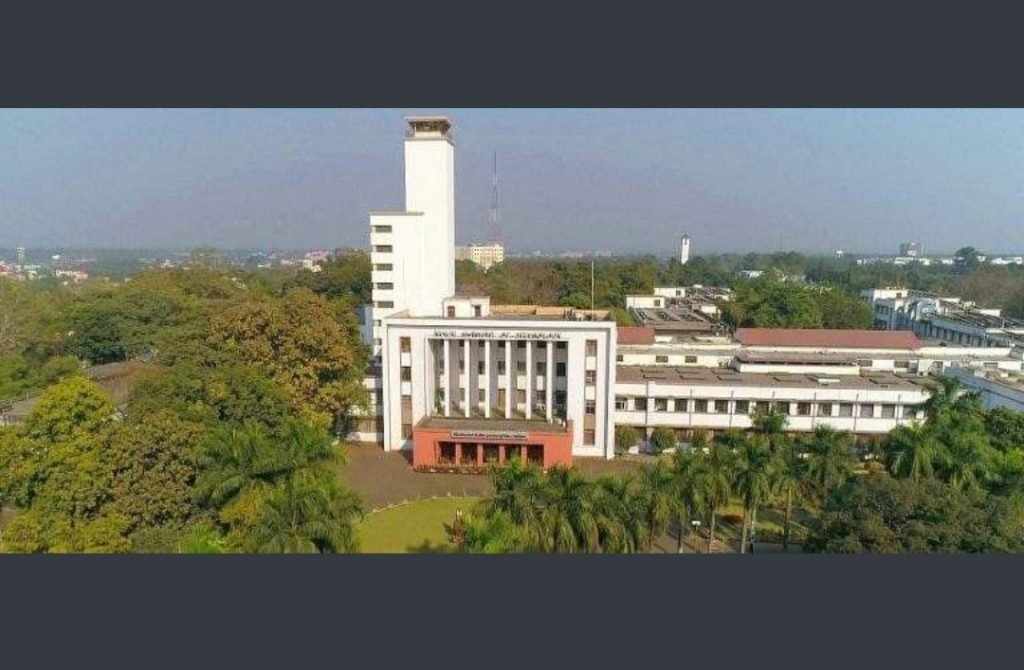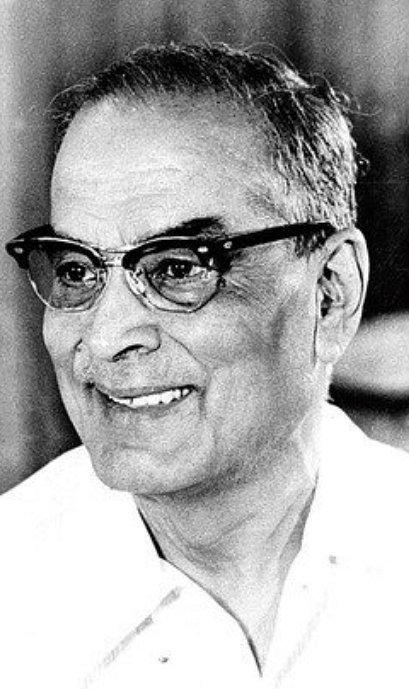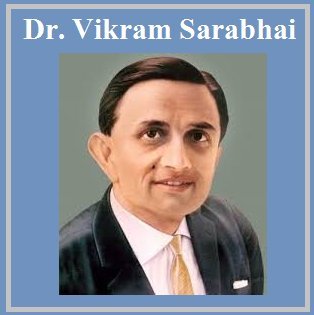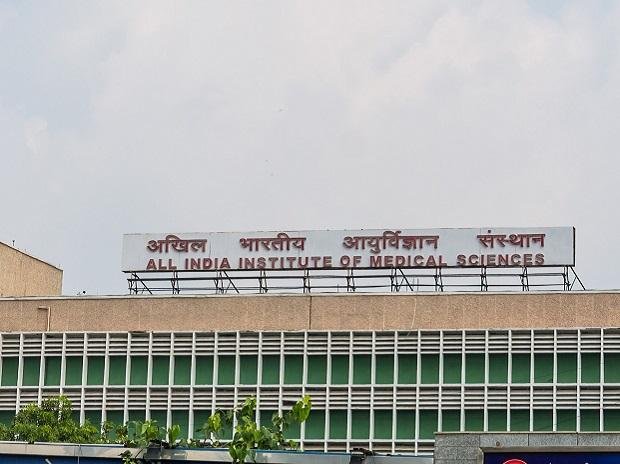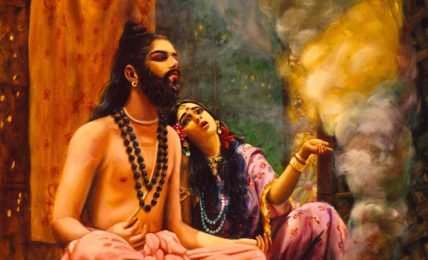The truth of Nehru Building Technical Institutions
The creation of a major central institute for post-graduate medical education and research had been recommended by the Health survey of the government of India, a decade ago in 1946. Though the idea was highly appreciated, money was a concern. It took another 10 years for Rajkumari Amrit Kaur to collect adequate funds, and lay the foundation of India’s number one medical institute and hospital. Nehru, as a PM didn't even bothered to help with funding the idea of setting up an AIIMS.


